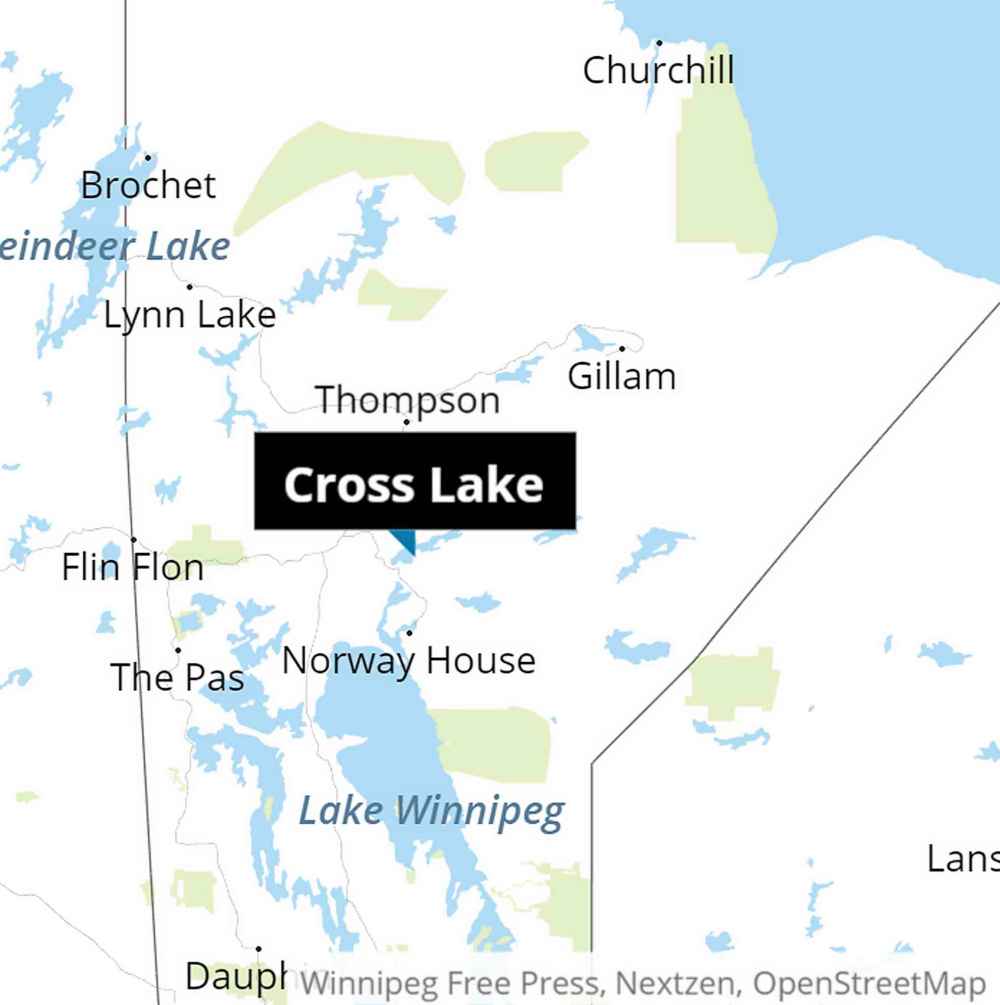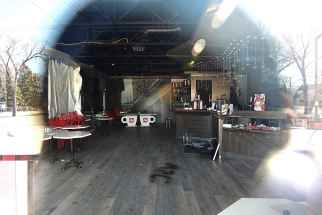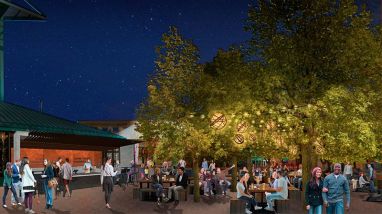Justice by geography Northern Manitobans don't have the same access to restorative jail alternatives available to non-violent, first-time criminal offenders in the Winnipeg region
Read this article for free:
or
Already have an account? Log in here »
To continue reading, please subscribe:
Monthly Digital Subscription
$0 for the first 4 weeks*
- Enjoy unlimited reading on winnipegfreepress.com
- Read the E-Edition, our digital replica newspaper
- Access News Break, our award-winning app
- Play interactive puzzles
*No charge for 4 weeks then price increases to the regular rate of $19.00 plus GST every four weeks. Offer available to new and qualified returning subscribers only. Cancel any time.
Monthly Digital Subscription
$4.75/week*
- Enjoy unlimited reading on winnipegfreepress.com
- Read the E-Edition, our digital replica newspaper
- Access News Break, our award-winning app
- Play interactive puzzles
*Billed as $19 plus GST every four weeks. Cancel any time.
To continue reading, please subscribe:
Add Free Press access to your Brandon Sun subscription for only an additional
$1 for the first 4 weeks*
*Your next subscription payment will increase by $1.00 and you will be charged $16.99 plus GST for four weeks. After four weeks, your payment will increase to $23.99 plus GST every four weeks.
Read unlimited articles for free today:
or
Already have an account? Log in here »
Hey there, time traveller!
This article was published 24/04/2019 (2420 days ago), so information in it may no longer be current.
On the other end of the phone line, from her office in Cross Lake, Louann Flett sighs.
The community restorative-justice worker has heard it all. Amid the catalogue of concerns that crop up over and over again anytime someone mentions Manitoba’s northern justice system, one rises to the top of her list.
“There aren’t too many cases diverted to our program,” she explains.
Since she began her work as a justice worker in Cross Lake about three years ago, more than 200 criminal cases have been diverted out of criminal courts and into community justice forums, which usually involve anger management and domestic violence counselling alongside cultural teachings. When individuals complete the programs, their criminal charges are dropped.
The First Nations community about 500 kilometres north of Winnipeg is home to roughly 7,000 people and one of the most active restorative-justice committees in northern Manitoba. It’s been running for a decade and has about a 90 per cent success rate.
Its work means people who don’t need to be in jail — particularly youths and first-time offenders — aren’t separated from their families and sent hundreds of kilometres south.
But progress has been slower than Flett would like. Her office could take on more cases, but it’s generally up to police and prosecutors to hand over the files, and she says only a select few of the least serious cases are offered for diversion.
“Even though we would like to, and help out our people, but we’re not given that,” Flett says. “The court handles them.”
Restorative justice is often heralded as a solution to widespread problems within Manitoba’s courts and correctional institutions — a way to relieve pressure on an overburdened, under-resourced legal system, act as an alternative to overcrowded jails and truly get through to those accused of crimes before they become repeat offenders.
But, like so many other services in remote and rural areas, access is spotty.
About this series
This is Part 3 in Katie May’s series on justice in Manitoba’s North.
Part 1: Remote life, rough justice: Justice delayed is the reality for many northern Manitoba residents caught in an overburdened legal system starved for resources
Part 2: The high price of justice: Manitoba spends about $1.5 million annually on an overwhelmed, weather-delayed ‘flying circus’ northern circuit court system that many communities don’t trust
In the North, where solutions to overwhelming poverty, trauma, addictions and crime are sorely needed and especially elusive, some see restorative justice as a partial fix for a broken system that routinely locks northerners up for weeks or months on relatively straightforward criminal charges, and systemic practices have been declared unconstitutional.
Of the 49 volunteer-driven community justice committees that exist in Manitoba, 11 are north of Thompson. Most of the northern-based Indigenous justice programs are run through Manitoba Keewatinowi Okimakanak and the Manitoba Metis Federation, funded by the federal and provincial governments. But they lack resources to reach all of the communities in the North and meet their extensive needs.
A glimpse into restorative-justice resources in remote communities is the focus of the final instalment in a three-part Free Press series examining the challenges involved in accessing justice in northern Manitoba.
Even though restorative justice has long been traditionally practised in Indigenous communities, it has become a popular political talking point for current and former provincial governments that have boosted Manitoba as a potential leader in the growing field.
In 2015, Manitoba was the first province in Canada to enshrine restorative-justice principles in law. Three years later, the province joined in on a national strategy aimed at increasing its use. Any resulting advantages have been slow to spread beyond Winnipeg.
But that may soon change.
Consultations are ongoing within the provincial government to see what restorative-justice hubs might look like in areas outside of the city.
“There’s lots of opportunity for enhanced capacity in these communities, and I think that will again enhance what we’re trying to accomplish as far as accessibility to justice for northern Manitobans,” Justice Minister Cliff Cullen says.
Building trust will be key to expanding restorative-justice work, says Roy Smith, who has been involved for more than two decades.
Smith is a justice worker for Manitoba Keewatinowi Okimakanak who has been overseeing restorative-justice committees in 14 of Manitoba’s most isolated communities for 22 years. The organization was one of the first to do restorative justice work in the North.
It sometimes feels as though those working in criminal justice see restorative-justice practices as mere tokens within a colonial system, he says.
“If they had more trust in a lot of our First Nation elders, and are involved in the community, they’d be able to refer more cases,” he says. “They have to build the trust.”
“If they had more trust in a lot of our First Nation elders, and are involved in the community, they’d be able to refer more cases. They have to build the trust.”–Roy Smith
Police and prosecutors follow procedures that prevent them from diverting more than a small percentage of cases.
Cross Lake RCMP Staff Sgt. Courtney Sookermany said officers in the area deal with many alcohol- and drug-fuelled assaults, often perpetrated by people who already have criminal records. But police are typically bound by policies that prevent them from diverting cases in which someone was hurt or when the accused is a repeat offender.
Pulling in the same direction
Years ago, when the Canadian Mental Health Association was trying to start a “housing-first” program in Thompson, executive director Paullette Simkins was part of a group that found out the highest volume of calls to police, emergency room visits, addictions-counselling sessions and use of other emergency services within the city could be traced back to the same small number of homeless people.
Now, more than 40 of the city’s most vulnerable people are part of the CMHA’s Project Northern Doorway, which runs a housing complex and partners with local landlords to try to solve social problems by giving the homeless a roof over their head.
Thompson regularly finds itself among the most crime-ridden communities in the country. The northern Manitoba city of about 12,500 consistently ends up near the top of violent-crime rankings.
Manitoba’s crime-severity index is already well above the national rate, as measured by Statistics Canada, and the crime severity index in Thompson is more than double that of the rest of Manitoba.
But the roots of all that crime go deeper.
Years ago, when the Canadian Mental Health Association was trying to start a “housing-first” program in Thompson, executive director Paullette Simkins was part of a group that found out the highest volume of calls to police, emergency room visits, addictions-counselling sessions and use of other emergency services within the city could be traced back to the same small number of homeless people.
They were the people drinking and defecating in public, stealing from grocery stores and fighting with each other.
“But when they’re sober, they’re like a family,” Simkins says.
Now, more than 40 of the city’s most vulnerable people are part of the CMHA’s Project Northern Doorway, which runs a housing complex and partners with local landlords to try to solve social problems by giving the homeless a roof over their head.
Housing outreach workers help by taking them to appointments (including court hearings, because there is overlap between the homeless and the people who end up charged with assault) — and arranging education upgrades and reunions with family members.
“Taxpayer dollars are being utilized in a more effective manner. Police are actually policing now versus dealing with social issues downtown,” Simkins says.
Sgt. Brian Edmonds, officer in charge of the Thompson RCMP detachment says working with community groups and the municipal government is key to solving root problems in what is one of the busiest jurisdictions for RCMP officers.
“We and all these other agencies are being proactive in trying to avoid individuals potentially going through the court system,” Edmonds says.
He says dealing with calls that stem from alcohol and drug abuse is “No. 1” for RCMP in the hub of the North. Tackling those addictions issues, as well as domestic violence and the high number of youths reported missing from child-welfare agencies, are priorities Edmonds says he’s working on with the city.
There’s a lot more work happening behind the scenes than crime stats show, he says.
“People outside of Thompson need to realize, yeah, we have challenges, but we’re not sitting idly by not taking on those challenges. And that comes down to working in partnership with the courts, the Crown, the defence, the local agencies. We’re doing a lot of good, solid, proactive work to deal with these challenges, and we’re not going to stop doing that.”
— Katie May
“I don’t think it’s a lack of trust,” Sookermany says. “I think it all falls into the severity of the charges that would be laid, if it was to go through the court system, and the offence that is committed.”
He says the detachment is diligent about diverting cases where the accused is a youth or a first-time offender, and when the allegations involve some kind of non-violent mischief, such as breaking a window. They “gladly” divert cases when they can, he says, describing the community’s restorative-justice committee as largely successful.
“A court case can take up to a year, two years, to go through the system. And then you’re jamming the whole system with these minor cases that can be resolved in a different way by going to restorative justice, mediation, whatever it may be,” he says.
According to Manitoba Justice’s 2015 prosecution policy on restorative justice, all offences are “potentially eligible” for restorative justice, but diversion should be used rarely for violence or other serious crimes. Community justice workers who spoke to the Free Press said decisions on what types of cases prosecutors decide to divert to restorative justice can vary dramatically from community to community.
Across Manitoba, restorative-justice programs have handled 5,000 cases over the past year. As the field continues to grow, there’s room to consider allowing more serious cases to be diverted, says Shauna Appleyard, the province’s executive director of restorative justice and rehabilitation services.
“We have to be open to having those conversations and working with the communities towards whatever makes the most sense. I don’t think that’s a closed door; I think that’s an open door, and I think we need to have those conversations.”
In October 2017, a centralized Restorative Justice Centre opened in Winnipeg, providing a kind of one-stop shop for counselling programs for city dwellers. It focuses on diverting domestic-violence crimes that would get a probation sentence in court, and similar work is being done in some northern communities — on an uneven basis.
As a former probation officer, Shelley Dillman saw first-hand that holistic programs are necessary to stop a revolving criminal-court cycle. During the five years she worked in Lynn Lake, Leaf Rapids and South Indian Lake, she was sometimes the only government employee — “the be-all and end-all” — residents of those smaller communities could talk to, despite some having a palpable sense of distrust for government-funded services. Her role didn’t allow for her to focus on prevention, and she says that’s ultimately why she left the job.
“So many of the communities want to do restorative justice and have their own committees and have healing circles and sharing circles… they try so hard. They just don’t have the capacity.”–Shelley Dillman
“There was no room to build the trust and relationships needed to begin healing the issues that led to the offence and the extremely high rates of recidivism,” she says.
Most of her clients were on probation for alcohol-fuelled crime, much of it rooted in past trauma.
“The reality of the issues that are faced by the people that live in those communities is — you can’t really describe it. You have to see it, you have to live it,” she says.
“The issues that are happening with our clients in the North go way deeper than what we can deal with on a six-month or a two-year probation order where you see them once every two weeks or once a month or once every three months.”
A wider focus on restorative justice, she hopes, will eventually make a difference.
“So many of the communities want to do restorative justice and have their own committees and have healing circles and sharing circles… they try so hard. They just don’t have the capacity,” she says.
Despite visions for the justice system to move beyond a crime-and-punishment model, it remains an important economic driver in the hub of northern Manitoba. Crime rates in Thompson are consistently among the highest in the country, more than double the national average, but the closest jail is nearly 400 kilometres away in The Pas. The city owns the 12 holding cells at Thompson’s RCMP detachment, and sheriff’s cells in the provincial court office have a capacity to hold about 16 people, but there are often more prisoners than places to put them.
Manitoba’s current Progressive Conservative government, the former NDP government and federal government officials all turned down a proposal to build a multi-purpose restorative justice centre and jail in Thompson.
Restorative Justice Facility report
The plans were endorsed by the city, Indigenous groups, local businesses and then-provincial court Chief Judge Ken Champagne, who wrote in a 2011 letter on behalf of the court that he would “strongly support” the construction of a provincial correctional facility near Thompson, “in particular one that is designed to meet the specific needs of our northern inmate population.”
The idea for the restorative-justice facility was presented as a high-priority way forward for Thompson’s stalwart mining families, as well as for its most vulnerable residents who found themselves caught in the criminal justice system.
It was billed as having the potential to create 200 jobs in a local workforce largely at the mercy of volatile natural resource industries. For people accused of crimes, it promised “housing” ranging from maximum security cells to semi-independent living units, as well as treatment programs and ongoing traditional cultural education.
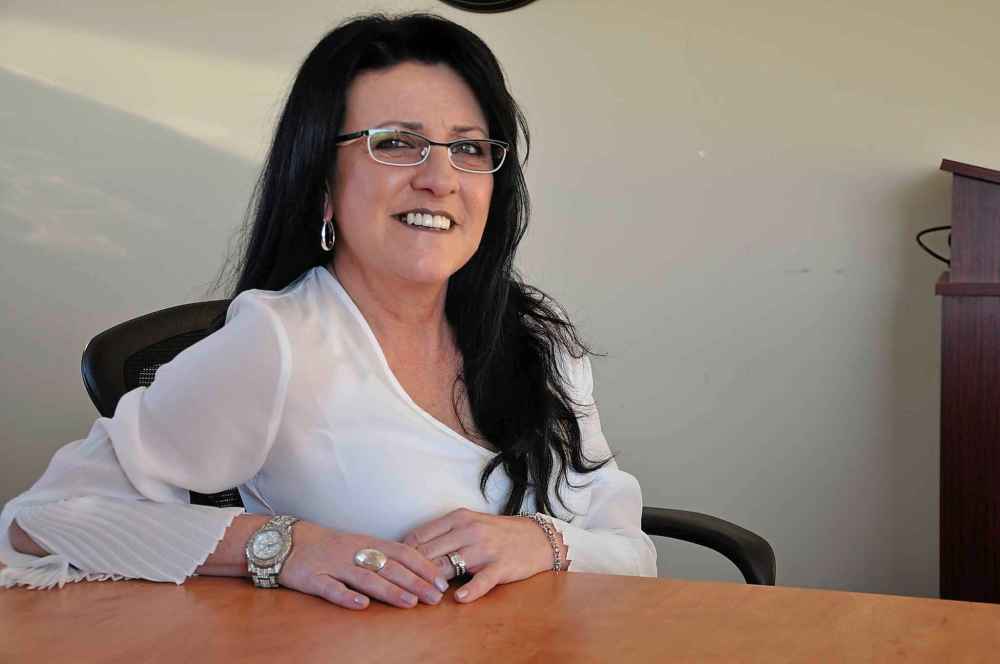
Eight years after the Thompson Economic Diversification Group unveiled its plans, the city is still pushing for implementation. But there is no political will to build a correctional facility in Thompson, and the provincial government’s centralized approach to restorative justice in Winnipeg has yet to make any impression on northerners, says former Thompson mayor Dennis Fenske.
“The northern residents who are involved with the justice system aren’t benefiting from those changes, and economically, if you’ve followed the economics of northern Manitoba the last 10 years, there’s been a real big hit on employment in regards to the resource sector, mining (and) forestry,” Fenske says.
“So this was also seen as an economic driver.”
“There’s not the political will to invest in restorative justice in northern Manitoba.”–Dennis Fenske
The former mayor says he’s encouraged by the progress many First Nations communities are making on restorative justice, but he says it requires real buy-in from governments to get at root causes as Thompson continues to appear near the top of crime-rate rankings across Canada.
“And we’ll always be there because of where we are geographically, our demographics and the lack of amenities and facilities to deal with the issues, whether it be addictions, mental health or justice,” Fenske says.
“There’s not the political will to invest in restorative justice in northern Manitoba.”
katie.may@freepress.mb.ca Twitter: @thatkatiemay
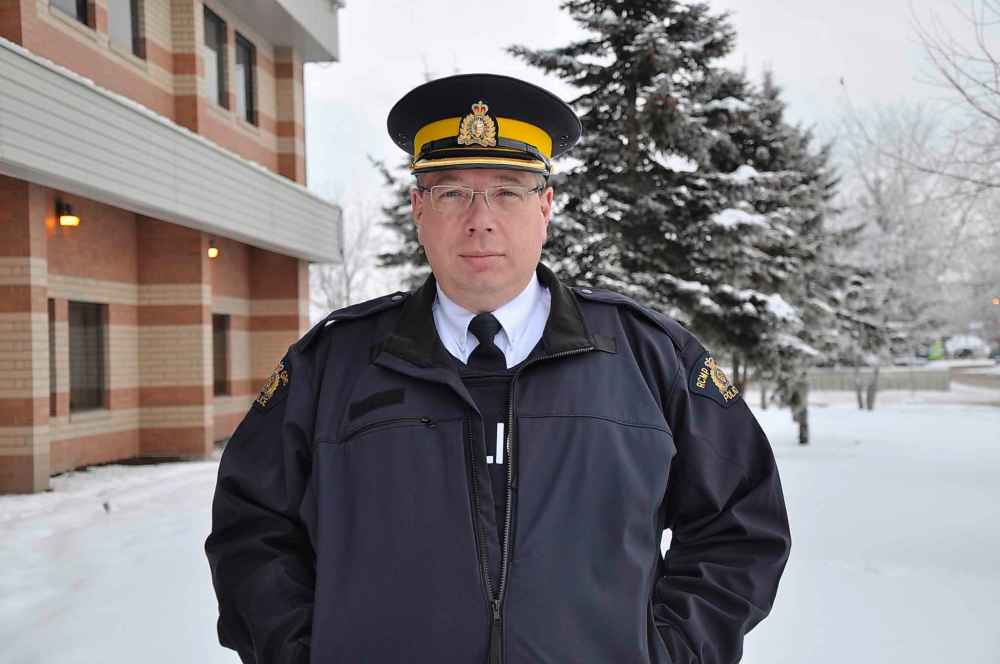
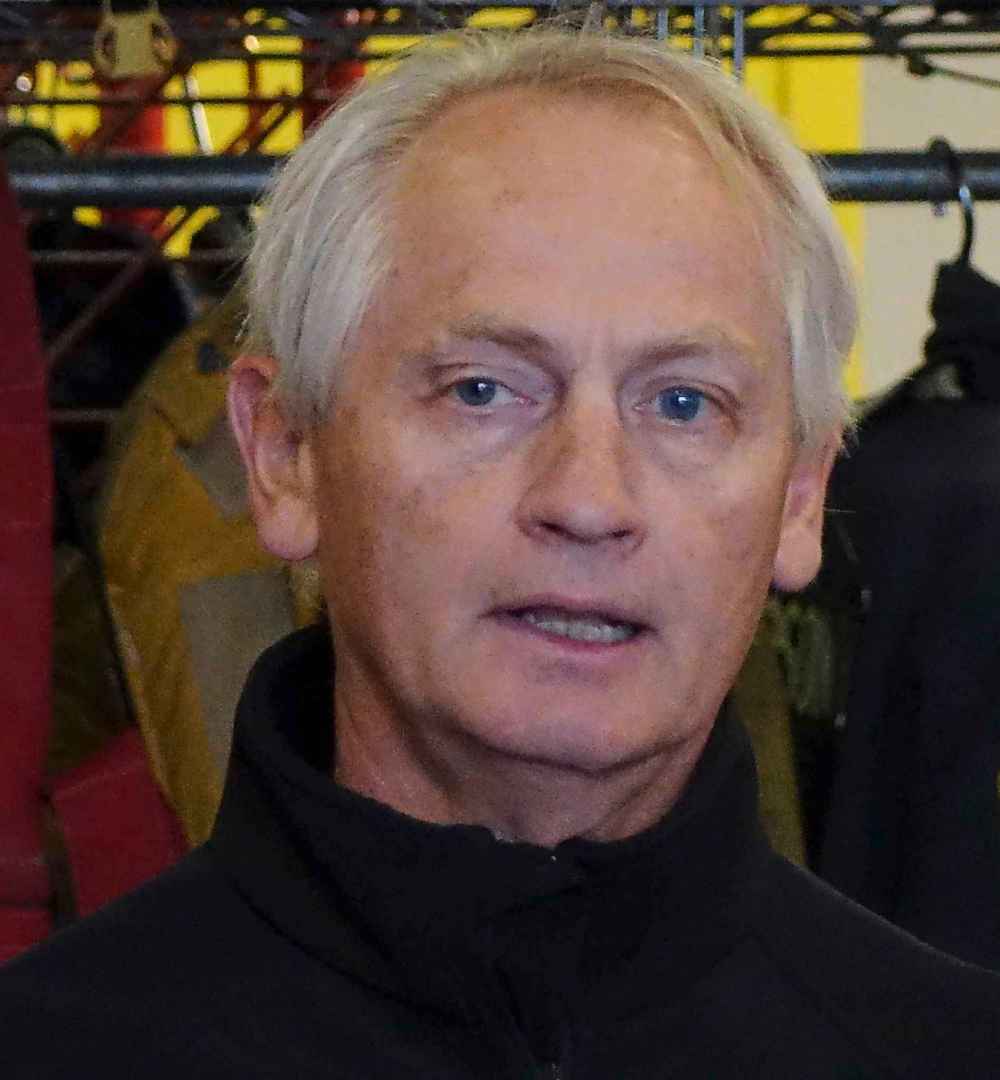

Katie May is a general-assignment reporter for the Free Press.
Our newsroom depends on a growing audience of readers to power our journalism. If you are not a paid reader, please consider becoming a subscriber.
Our newsroom depends on its audience of readers to power our journalism. Thank you for your support.


